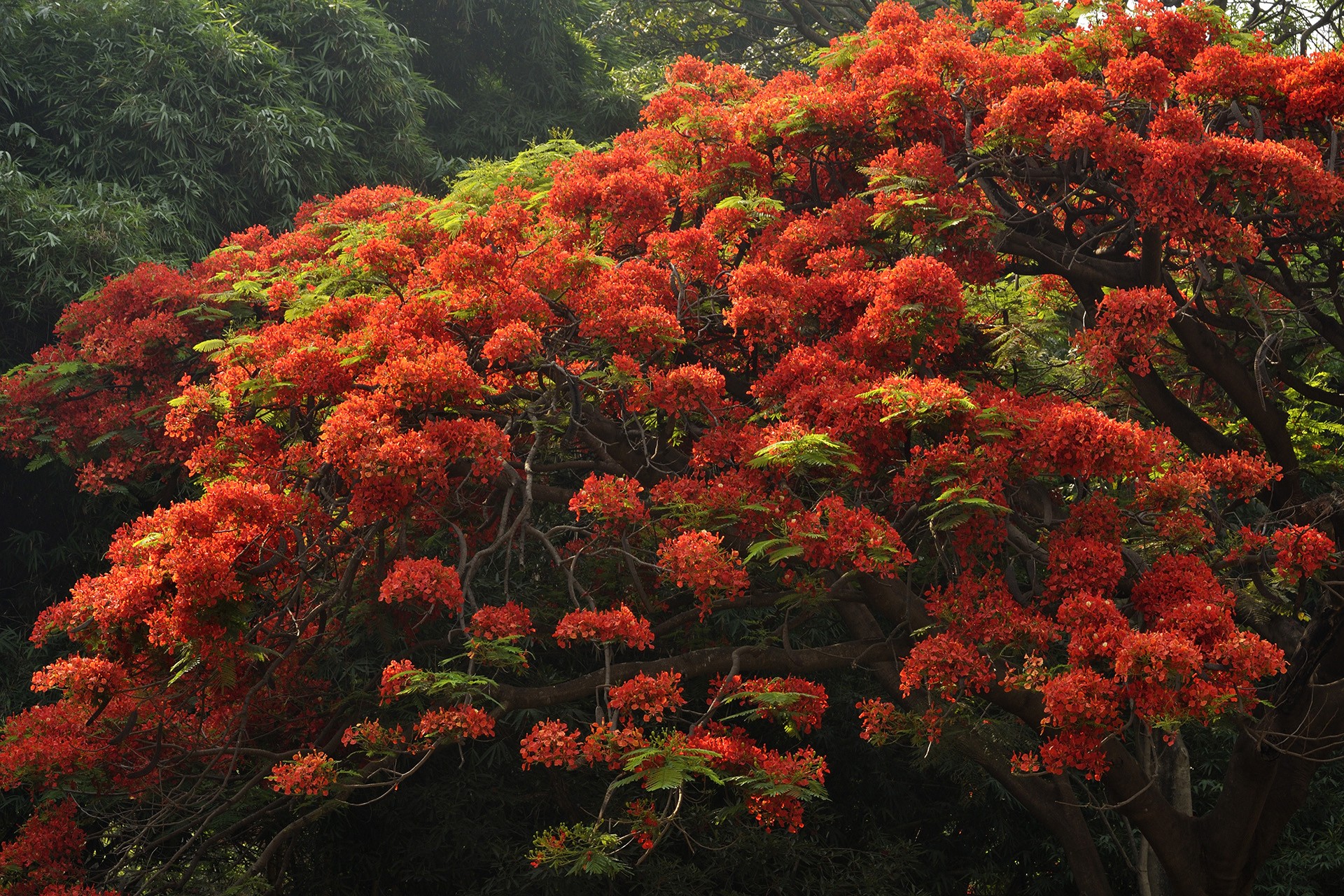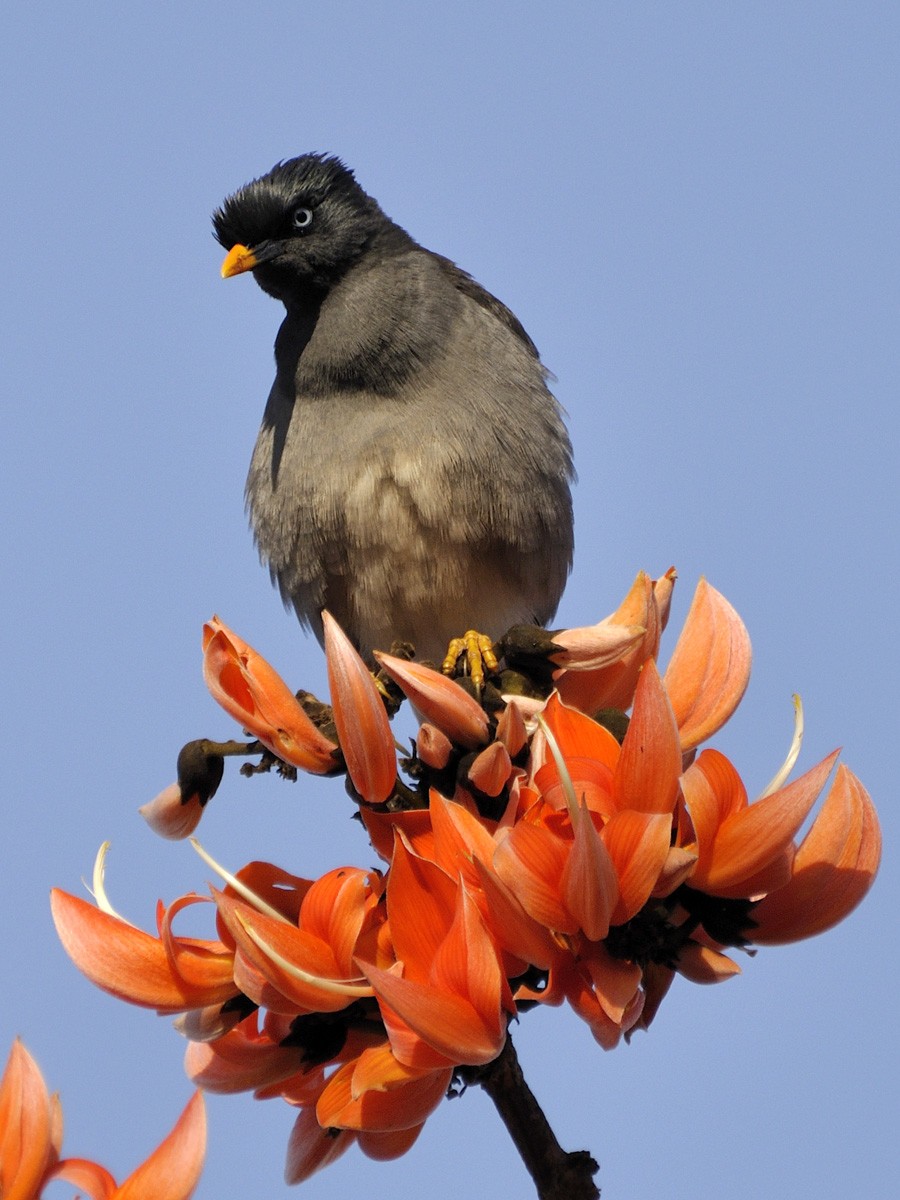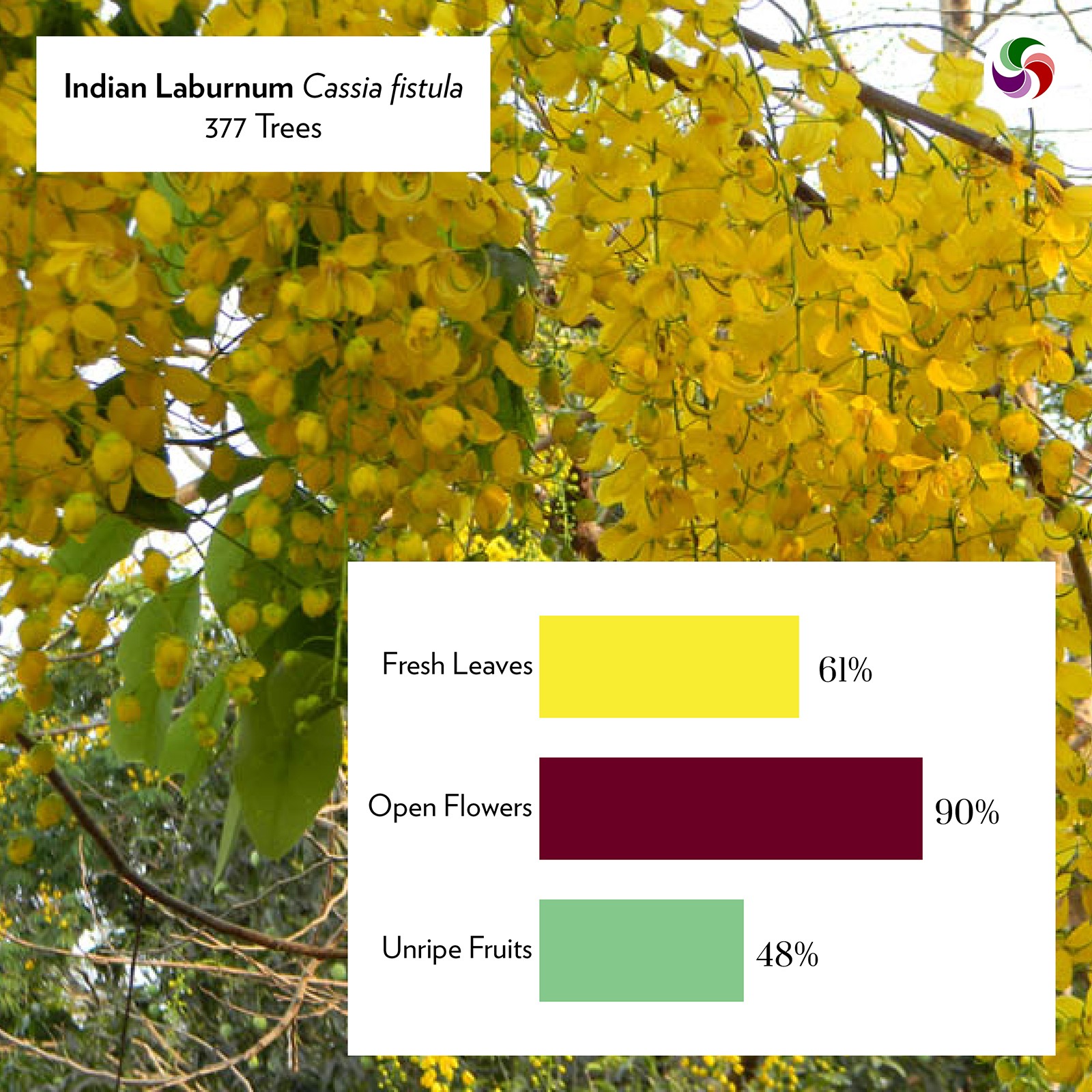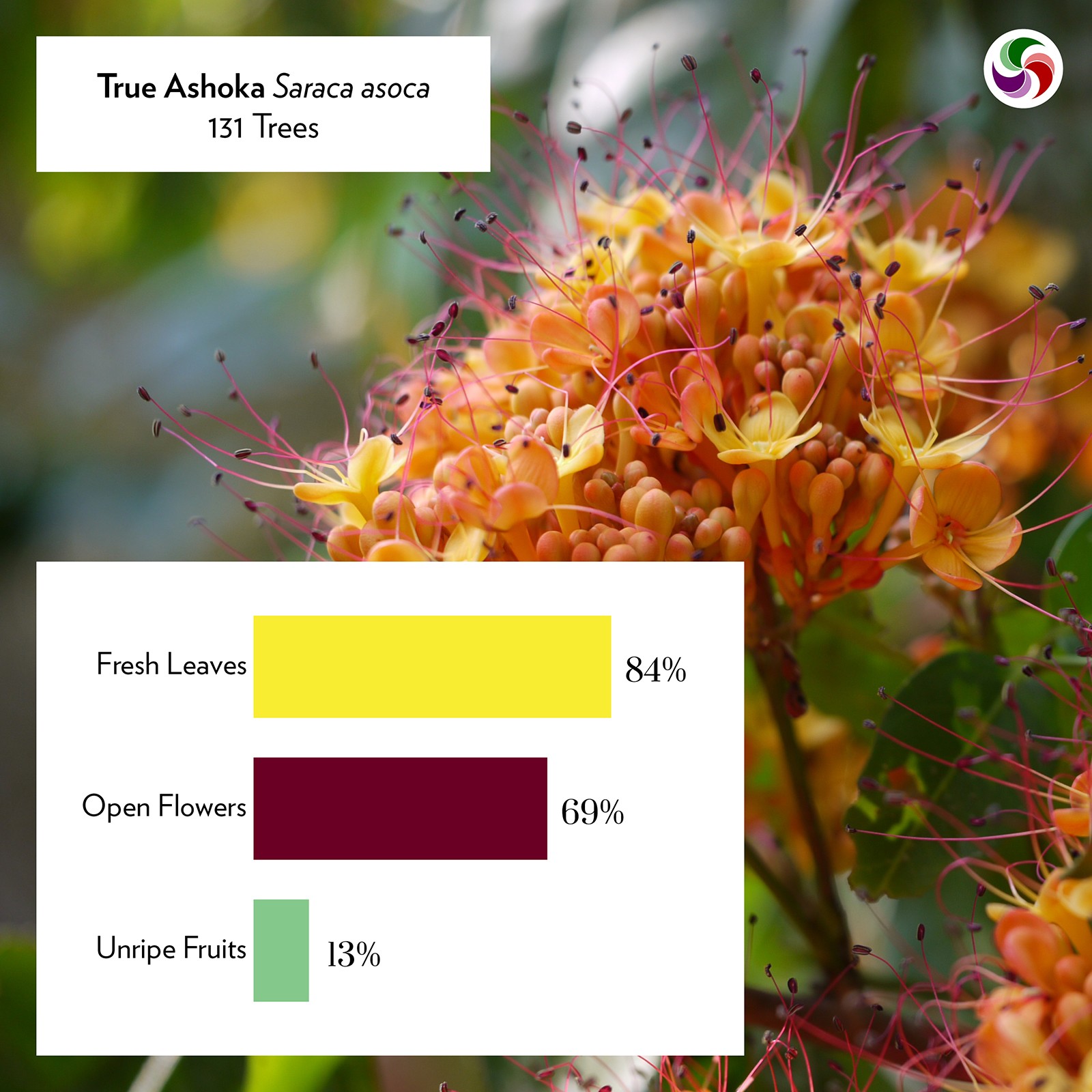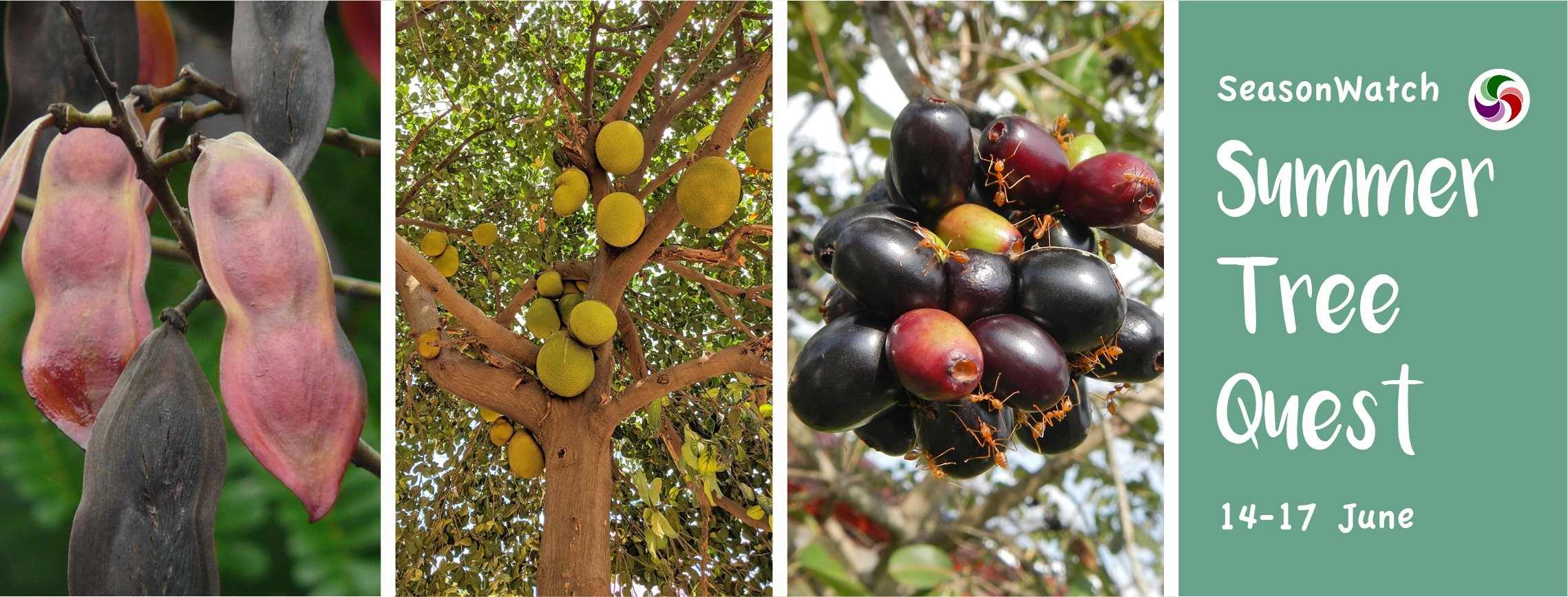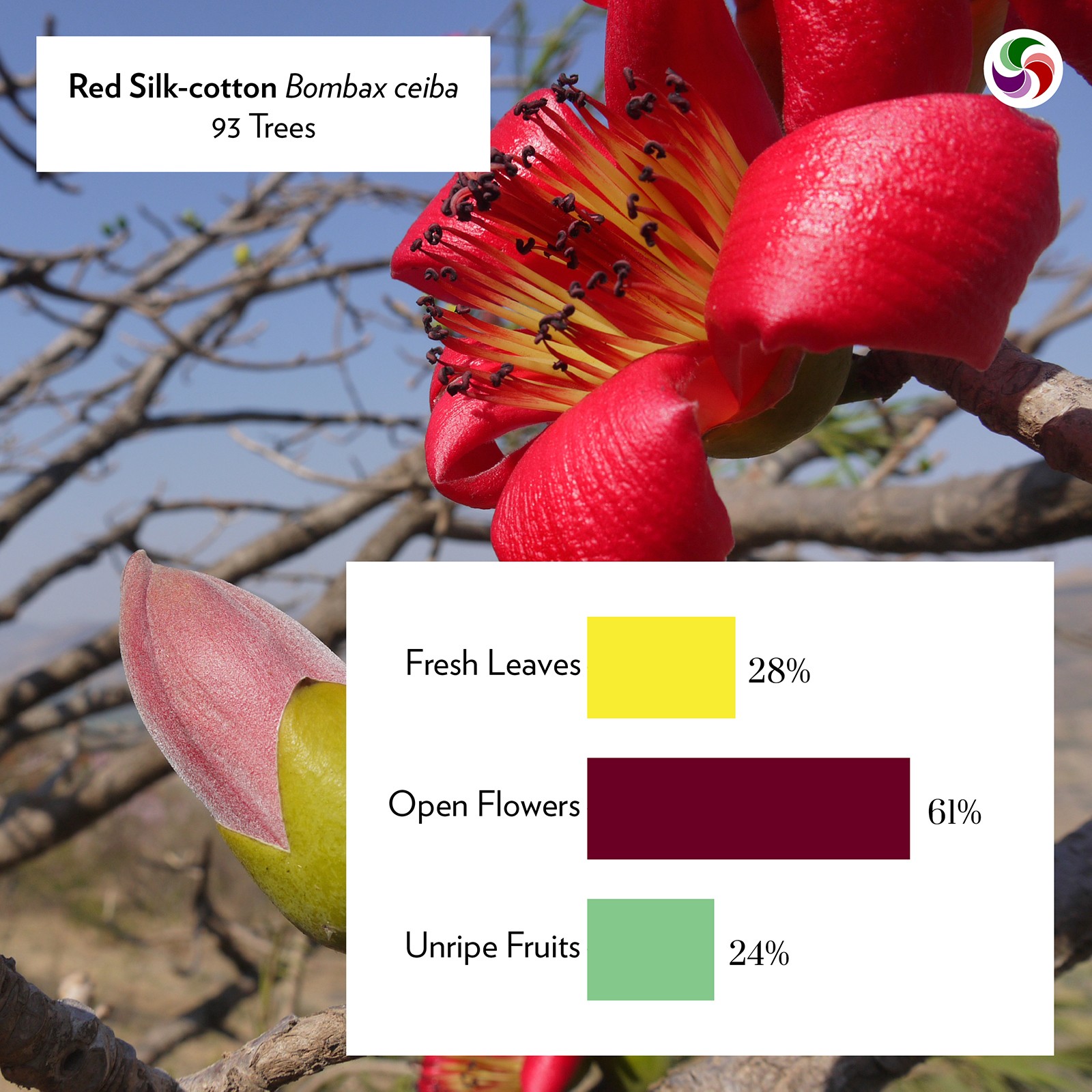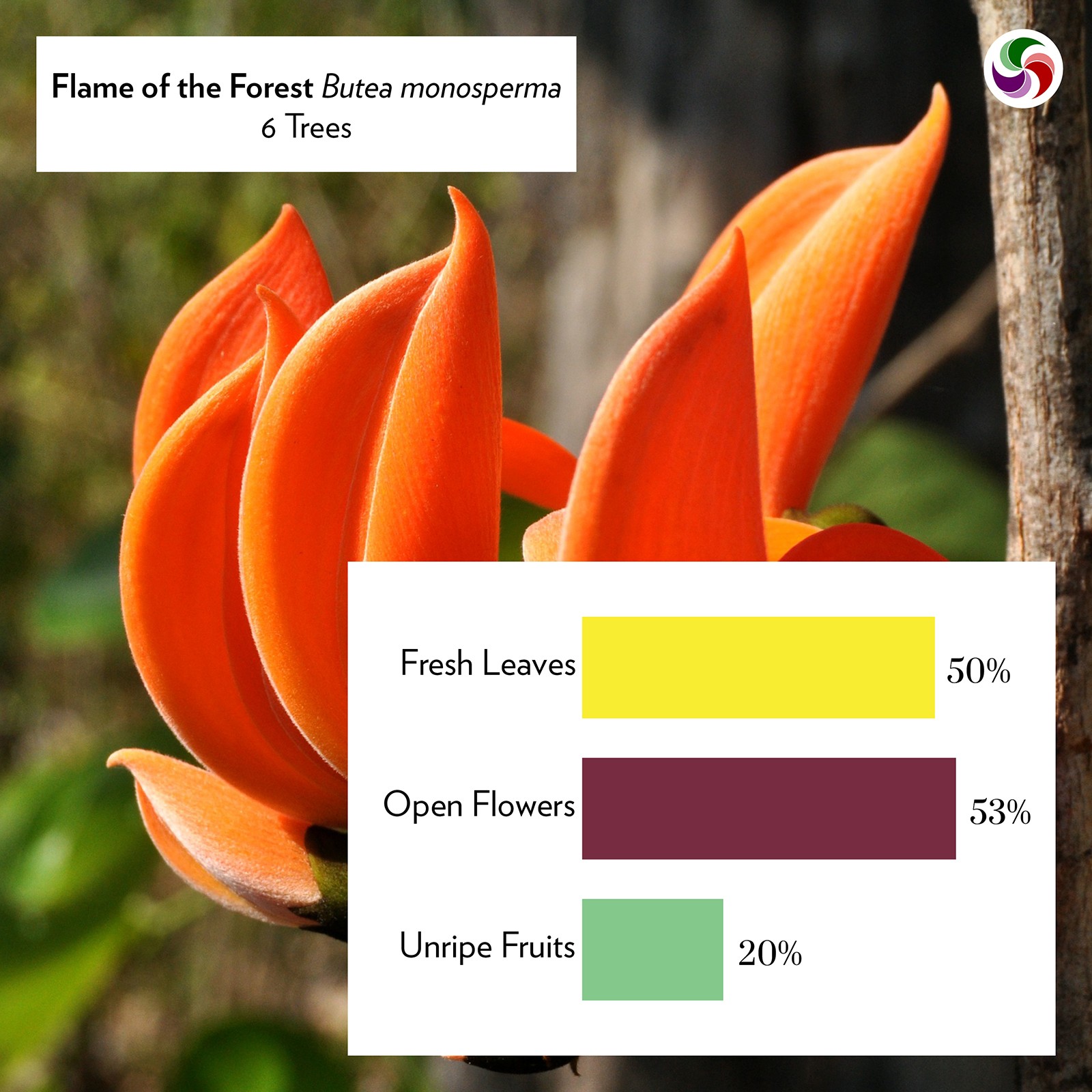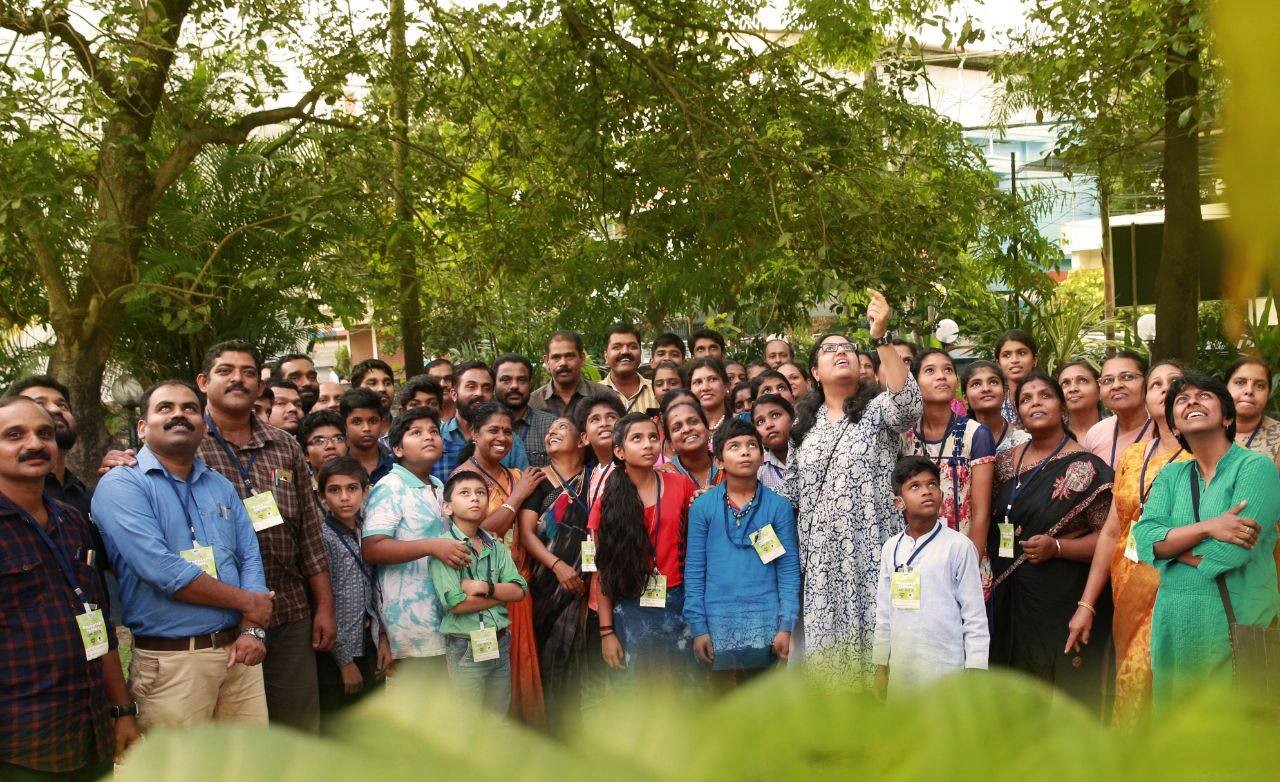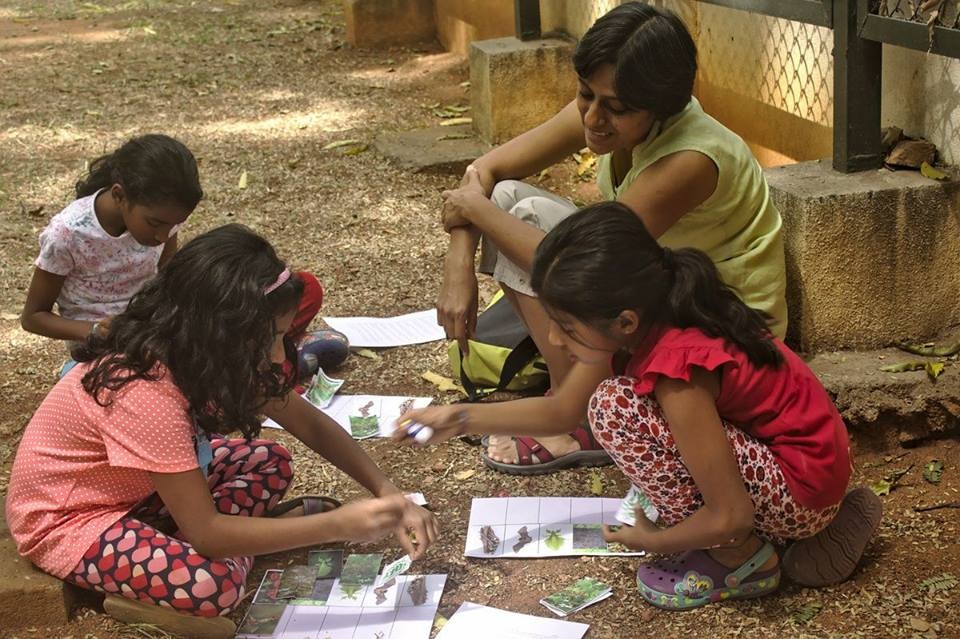How perceptive are we of the changing natural world around us?
The obvious changes, like the change in seasons or temperatures, certainly grab our attention. But apart from these, our world is continuously expressing itself through smaller, seemingly invisible acts. For example, we may notice that the trees on our route to work have flowered. But if someone were to ask us – "Did the trees behave similarly last year?" or "Have the number of flowers changed over time?", would we be able to give a conclusive answer?
These questions may sound strange, but their intent is far from it. Did you know that nature’s most sensitive responses to climate change manifest themselves in the form of these subtle events like the flowering of trees and migration of birds? This is why phenology, the study of seasonal, natural phenomena with respect to plant and animal life is considered a “leading indicator” of climate change.
If the concept of phenology interests you, then you will be pleased to know that there is a way in which you can contribute to building a repository of information about trees in our country. SeasonWatch, a citizen science programme, encourages people to monitor trees in their nearby areas, and record their observations on the SeasonWatch website or using the SW app. SeasonWatch is a three-way partnership between Nature Conservation Foundation (NCF), National Centre for Biological Sciences (NCBS) and Wipro Applying Thought in Schools (WATIS). The programme was initiated in 2010 and has so far collected data on 41306 trees. Not only has the programme managed to get citizens noticing the trees in their backyards, but it has also reached out to students in 627 schools across the country, instilling environmental awareness in these young minds.
Dr Geetha Ramaswami, of NCF, who heads the SeasonWatch programme shares that the aim of SeasonWatch is twofold. "One is to understand how trees change with the seasons – the larger question being how changes in climatic patterns affect trees. The second broad objective is to bring nature closer to children and use this exercise as a way to get children outside, looking at trees and understanding their behaviour.”
While SeasonWatch began with a focus on schools and school children, the programme has since evolved both in terms of participation and geographical reach. Dr Suhel Quader of NCF, who has been one of the people instrumental in initiating this programme says that they now see a lot of observations from the general public. Apart from creating baseline data on phenological changes, Quader hopes the programme will change the way people perceive nature around them. "The insight and appreciation that you have for the changes around you really goes up when you are paying attention to those changes. With an increasing amount of time being spent indoors looking at screens, such initiatives are the need of the hour,” says Quader.
Early Flowering And Its Impact
How much information can trees really give? Turns out, quite a bit. As the SeasonWatch website points out, trees respond to changing seasons in everything they do like growing fruits, flowers and new leaves. A key observation that many people find hard to miss, even if they are not actively observing trees, is when the flowering phase begins. Early this year, it was reported that the white, yellow and pink tabebuias in Bangalore city had flowered months ahead of time.
Similarly, a three-year-long study of the Himalayan rhododendrons reported by the G.B Pant Institute of Himalayan Environment and Development in 2014 had revealed that the rhododendrons flowered in early winter instead of their usual flowering time in spring.
Ramaswami explains that what is vital in such phenological observations is the collection of data over long periods and correlation studies to comment on the nature of change. "We need to understand if the changes we see are aberrations in that particular year or the result of an underlying change. Is it because of climate change? Is it because of warming or change in precipitation or groundwater? Answering these questions need further probing and consistent data. This is what we are working towards.”
In the case of Himalayan rhododendrons, analysis of long term temperature data in the region was used to correlate the change of flowering patterns to increase in temperatures.
Far from the correlative studies, people sense these changes in their own ways. There is a cultural significance associated with the flowering of trees, which makes their timing important. For example, in the state of Uttarakhand, the blooming of rhododendrons is celebrated as Phool Sankranti. More recently, the early flowering of laburnum trees in Kerala was reported. The flowering of this tree usually coincides with the festival of Vishu which signifies the onset of the new year. However, laburnum trees in the state had bloomed as early as January. SeasonWatchers in Kerala contributed to this observation, making it possible to identify the change.
Bioblitz Events
Along with flowering, SeasonWatch wants observers to monitor other parts as well, such as leaves and fruits. The programme encourages recording observations on a weekly basis for fresh and mature leaves, ripe and unripe fruits, as well as flowers and buds; data which one can gather by looking at the tree for just five minutes. “But that's a big challenge for us, that once a person registers with SeasonWatch, they continue to be interested in recording these observations," Ramaswami shares.
Apart from the ongoing assessments, SeasonWatch also conducts bioblitz events that coincide with the changing seasons. Their most recent event was the Spring Tree Quest held between March 15-18, 2019. 14,706 trees were observed for the event and data was contributed by 50 schools, 9 colleges and 137 individuals from 22 states and five union territories. "Bioblitz events are very valuable as they give us a snapshot of what trees are doing at that point in time. If these bioblitz events continue for a long time, year on year we can make comparisons," Ramaswami explains.
The maximum number of observations for the spring event was recorded in the state of Kerala. SeasonWatch coordinator and teacher at the Government Upper Primary School in Edavilakom, Trivandrum, Pallipuram Jayakumar says that once the observation process becomes the norm, students feel motivated to do more for the trees and the environment. Students in and around his region have gone the extra mile and worked on preventing people from sticking posters and advertisements on tree trunks. "For them, it goes beyond observation; it's also about protecting their trees. They feel a sense of ownership," says Jayakumar. He states that the benefits of such programmes are vast and varied in shaping the social responsibilities of these young citizens. Jayakumar’s goal is to encourage the entire student population of his school to participate in SeasonWatch.
The Merits of Citizen Science Programmes
The citizen science approach of collecting data is not a widely used one in India. The fact that such programmes make it possible to access large amounts of information, across countries, makes it a valuable research tool. For example, Project Oceanology has been collecting data on ocean water temperatures and acidity in Long Island for over four decades. Closer to home, farmers in India are part of a three-country citizen science study that is looking at crop variety adaptation in response to climate change.
Quader, who specializes in public participation in scientific research, says that such initiatives serve as an early warning system and help in tackling issues at the right time. “Through remote sensing, we can monitor how forests are shrinking or the effects of temperature changes. But for information on biodiversity or specific species, we need people on the ground. Such widespread data collection is an impossible feat for individual researchers,” Quader explains.
He also emphasizes that such programmes work to reduce the schism between professional scientists and general public enthusiasts, which in turn taps on a large reservoir of skill and aptitude that public participation brings in. But more importantly, these initiatives raise people’s awareness of the issues at hand. “Citizen science programmes help to rekindle that deep connection with nature and encourage us to work collectively in solving these massive problems we are facing globally,” says Quader. Sounds daunting, but sometimes all takes is a simple step forward like observing a tree.
Read more about SeasonWatch, here.
You can follow them on: Facebook | Instagram | Twitter
Android users can download the SW App, here.
